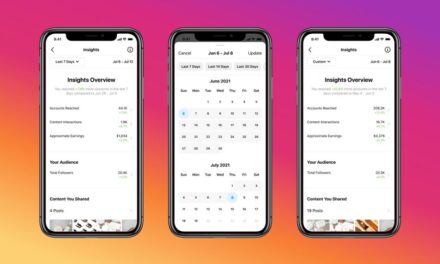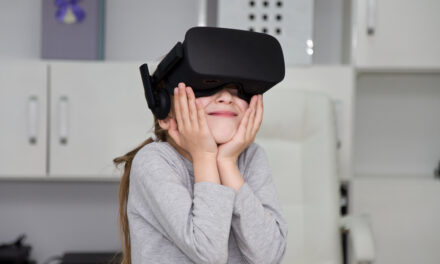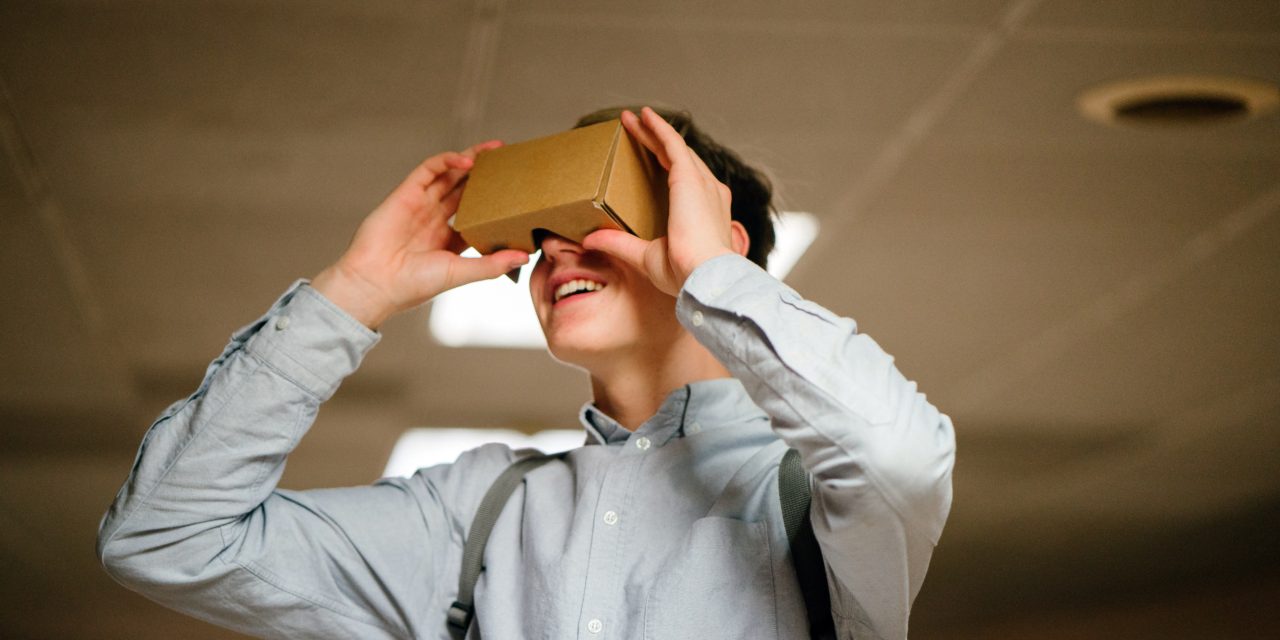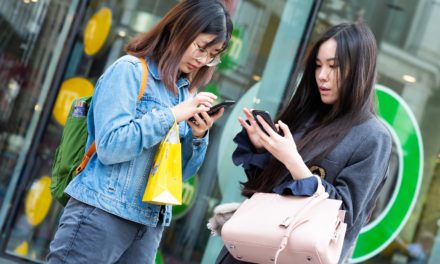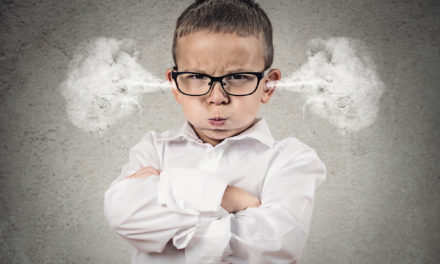Repost from: https://www.marketingtechnews.net/news/2018/apr/25/rise-machines-digital-marketing-building-relationships-between-brands-and-consumers/
Today, we rely heavily on information technology to increase our brand image and reach consumers. In 2018, the rise of the machines (minus the I, Robot plot twist) is evident in the popularity of augmented reality (AR). The AR industry is experiencing serious growth compared to that of virtual reality, due to the likes of Ikea Place, Snapchat and Pokémon Go. Flow Digital, a digital marketing agency based in Newcastle, are looking into the increasing impact of augmented reality in the world of digital marketing.
To begin with analysing the effects, we need to understand the concept. Augmented reality refers to modern technology that superimposes computer-generated images on a user’s view of the world, thus presenting an augmented reality. While there are significant benefits for all industries, e-commerce stores, in particular, must take note of the uses. The ability to showcase your products in such a unique format – far superior to that of your competitors – is an opportunity that cannot be missed. Today, AR is still a relatively untouched tech by many brands, yet Pokémon Go was the most profitable app in 2016, with more than 750 million downloads.
Statistics
The statistics for AR speak for themselves, but we’ll go into a little more detail. For starters, the augmented reality industry is booming, with massive investment. In 2020, the number of AR users is expected to reach a staggering one billion, demonstrating enormous growth for a trend that many brands are yet to utilise. The AR market is also likely to be worth four times than it’s brother, virtual reality. With those stats in mind, you must already consider how to incorporate the trend into your marketing strategy. Many brands are still finding their feet with the industry, but there is great potential – as showcased by Ikea Place. The app provides consumers with the opportunity to ‘place’ their products in a user’s home, gently encouraging those prospects to buy into their products. Of course, AR may be a little too costly for specific brands, so it’s worth analysing the relevance to your market before investing. E-commerce stores will certainly benefit from the tech, but will local solicitors? Probably not.
AR doesn’t have to involve the development of a high profile app, such as Ikea. Take, for example, Estée Lauder and their subtle nod to the trend. Using their Facebook Messenger Chatbot, customers could virtually try their makeup products before buying.
However, as we discuss the advantages of AR, it’s worth noting that the lack of adverts could have an effect on the world of digital marketing. Advertisements are the foundation for brands, with the ad spend alone reaching £22.1 billion in 2017. Yet, AR doesn’t have a place for advertisements, such as marketing ads and header bidding, so agencies and brands alike must become savvy when appealing to consumers.
AR advantages
While there is a lack of adverts in AR, and agencies must produce ‘creative’ methods to communicate with audiences, there are significant advantages to adopting the trends. Of all the benefits, the most notable is the ability to bring your products to life. For example, your static advert for your products could become a catalogue, for consumers to flick through.
When providing all necessary information for your products – even going so far as to show users how the product would look in their home – you enhance engagement. Prospects will enjoy interacting with your brand, subsequently boosting your profile as they share their thoughts.
How can I use AR?
Video content is one of the most common uses for AR, and will serve to improve your marketing strategy vastly. Video is already one of the biggest trends within the marketing world, with over 22 million daily video views across YouTube, Snapchat and Facebook, with the figure continually growing. While regular video content offers brands several seconds to catch their consumer’s attention, AR offers upwards of 50 seconds. Similarly, your social media platforms will only improve with association.
AR also allows you to ‘catch’ impulse shoppers. Those consumers who may not intend to buy but only need a little persuasion can be significantly encouraged through the use of AR. Augmented reality is that persuasion, demonstrating how their life (or living room) would drastically improve with your services.
As many brands know, behind-the-scenes content always does well. We’re a nosy nation, and the opportunity to witness our products in the development stage, and even in the delivery process, is excellent. This transparency could help replace the lack of adverts, building the relationships between brand and consumer. For example, venues in the food industry could, quite literally, demonstrate what it is like to dine in their restaurant.
The world of digital marketing is constantly changing and adapting to new trends. AR is one trend that shows longevity, so you must begin considering its uses.







